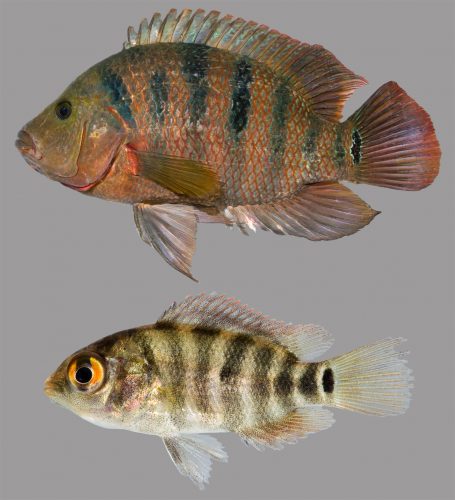
Mayaheros urophthalmus
This classically shaped oval fish has spiny fins, wide vertical stripes, and eye spots on its tail to confuse predators. Generally it is olive-brown to beige, with green-black stripes, yet shows more striking color variations in breeding conditions. These cichlids average about 10 inches long, and are native to Central America, but have established a non-native foothold in South Florida where anglers have mixed responses to their interference with local fish. They are also prized in hobby aquariums for the more advanced collector.
Order – Perciformes
Family – Cichlidae
Genus – Mayaheros
Species – urophthalmus
Common Names
Common names include Mayan cichlid (English), Mexican mojarra (English), orange tiger (English), castarrica (Spanish), and schwanzfleckbuntbarsch (German).
Importance to Humans
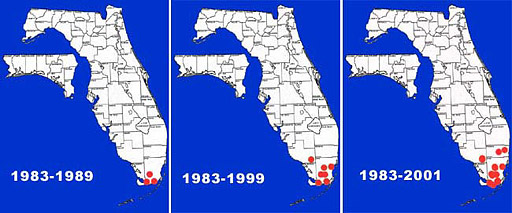
Owing to its size and palatable flesh, the Mayan cichlid is targeted by artisanal fishers and is the focus of a number of aquaculture facilities in many parts of its native range. The non-native South Florida populations are popular with many anglers due to the Mayan’s aggressive approach to bait and its feistiness when hooked. Additionally, the species is favored by some for its resemblance to the much sought after marine and brackish water snappers (Lutjanidae). Yet still other recreational and sport fishers find the fish to be an annoyance, often interfering with their attempts to hook larger and more desirable species. In particular, those fishers targeting snook in their mangrove haunts may at times find it difficult to catch anything but Mayan cichlids. The species is at times available in the aquarium trade, but owing to its large size and generally pugnacious attitude adults are suitable only for those aquarists possessing the proper facilities.
Conservation
The IUCN is a global union of states, governmental agencies, and non-governmental organizations in a partnership that assesses the conservation status of species.
> Check the status of the Mayan cichlid at the IUCN website.
Geographical Distribution
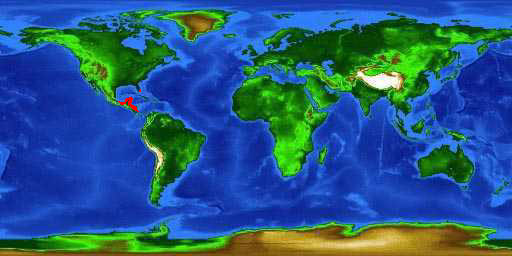
The Mayan cichlid is native to the Central American Atlantic slope waters of southeastern Mexico (including the Yucatán Peninsula), Belize, Guatemala, Honduras, and Nicaragua. Dr. Günther’s type specimen is from Lake Petén, Guatemala. Non-indigenous populations of Mayan cichlids, first reported in 1983, are established in portions of Florida Bay and the Everglades in southern Florida, USA.
Habitat
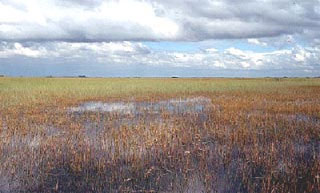
Like so many members of the family Cichlidae, the Mayan cichlid thrives under a wide range of environmental conditions. Within their native range this euryhaline fish is found in a wide range of coastal lowland habitats, exhibiting a tolerance if not outright affinity for brackish to marine conditions. Mayan cichlids have even been observed to breed in the sandy areas near coral reefs.
Biology
Distinctive Features
The Mayan cichlid has a classical fish shape. Like many cichlids it bears a more than superficial resemblance to the North American sunfishes of the family Centrarchidae. The body is ovate and the first dorsal and anal fin are spinous. The caudal fin is slightly rounded. The pectoral and pelvic fins are unremarkable in size and color. The mouth is neither large nor small and is in proportion with the body. The most distinctive feature of the Mayan cichlid is its coloration.
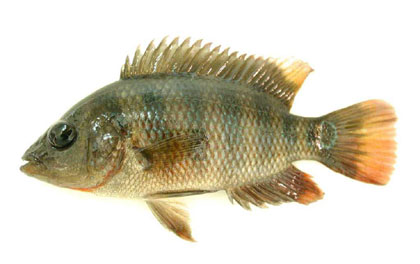
Coloration
Mayan cichlids are attractively colored fishes and adults in breeding condition can be quite vibrant. The background color is olive-brown dorsally, grading to a light brown or beige towards the abdomen. Pink is often suffused throughout but is most conspicuous in the throat region, especially in breeding males. The first of five to seven rather wide, green-black bars are located behind the head with the last situated at the caudal peduncle. The upper half of the caudal peduncle is marked by a conspicuous, silver-blue ring or “halo,” the center of which is black. It is for this “eye-spot” on its tail that the Mayan cichlid was assigned the species name urophthalmus (ur from “oura,” Greek for tail; ophthalmus from “ophthalmos,” Greek for eye).
Dentition
Mayan cichlids possess small caniform teeth for grasping prey, but rely primarily on large pharyngeal tooth pads for the mastication of their prey, in particular, hard-shelled invertebrates.
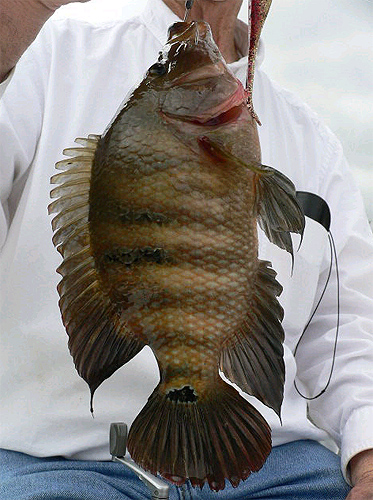
Size, Age & Growth
A 1992 study on a population of Mexican Mayan cichlids concluded that individuals completing their first spring (one year of age or slightly greater) measured 70-130mm standard length and were reproductively mature. Two-year-old fish measured 131-200mm standard length and comprised the oldest individuals in the study sample, suggesting a maximum of two reproductive seasons for the species.
However, the conclusions of a recent study conducted in Florida’s Everglades National Park (ENP) contrast with those of the Mexican study. Southeastern ENP Mayan cichlids were found to reach a maximum age of 7 years rather than 2, with a size range of 33-66mm standard length for one year olds, 44-130mm SL for two year olds. The ENP study also concluded that males reach a larger size than females, albeit at a slower rate of growth. The authors of the ENP study attribute the contrasts between their study and the Mexican study in part to the absence of fishing pressure on the ENP population and differences in temperature between Mexico and South Florida.
The Mayan cichlid is known to live at least 11 years in captivity.
Mayan cichlids are reported to obtain a maximum size of 394mm total length and a weight of 1,130g although this is far beyond the average. Average maximum size is likely 250-275mm total length.
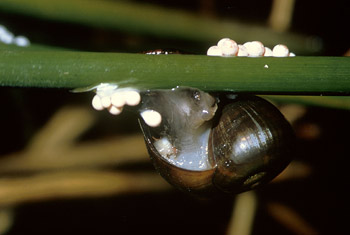
Food Habits
The Mayan cichlid is a predator of small fishes and aquatic invertebrates. Plant matter and detritus have been recorded from the stomachs of Mayan cichlids although it is likely that these items are ingested incidentally to the consumption of a primary prey item such as an aquatic invertebrate. Specimens collected as the focus of the study that reported the presence of the species in South Florida for the first time were found to contain the remains of small fishes, snails, larval dipterans (mosquitoes/flies), and small amounts of algae and detritus, among other items. One study noted the presence of a greater amount of vegetable matter in the gut of Mayan cichlids living in saline environments versus those residing in freshwater habitats.
Reproduction
Mayan cichlids spawn in the spring and early summer. Nest construction and parental care is likely for this species, although little is known of its breeding habits or fecundity.
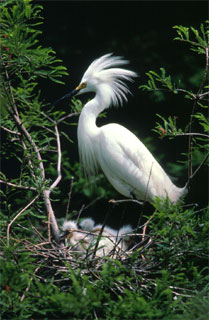
Predators
Mayan cichlids are prey for a wide variety of aquatic and terrestrial organisms including other fishes and wading birds.
Taxonomy
The Mayan cichlid was originally described as Heros urophthalmus in 1862 by Dr. Albert Günther of the British Museum of Natural History. In 1867, Franz Steindachner of Austria described Heros troschelii based on specimens of Mayan cichlids from Mexico, creating a junior synonym. At present, the taxonomy of the Mayan cichlid exists in something of a state of flux, as the evolutionary relationships of many cichlids remain poorly understood. Recently proposed combinations for the Mayan cichlid include but are not limited to, Herichthys urophthalmus, Parapetenia urophthalma, and Astrontous urophthalmus. Nandopsis urophthalma, is currently accepted as valid by some authors. As many as nine subspecies of the Mayan cichlid have been recognized.
Prepared by: Robert H. Robins